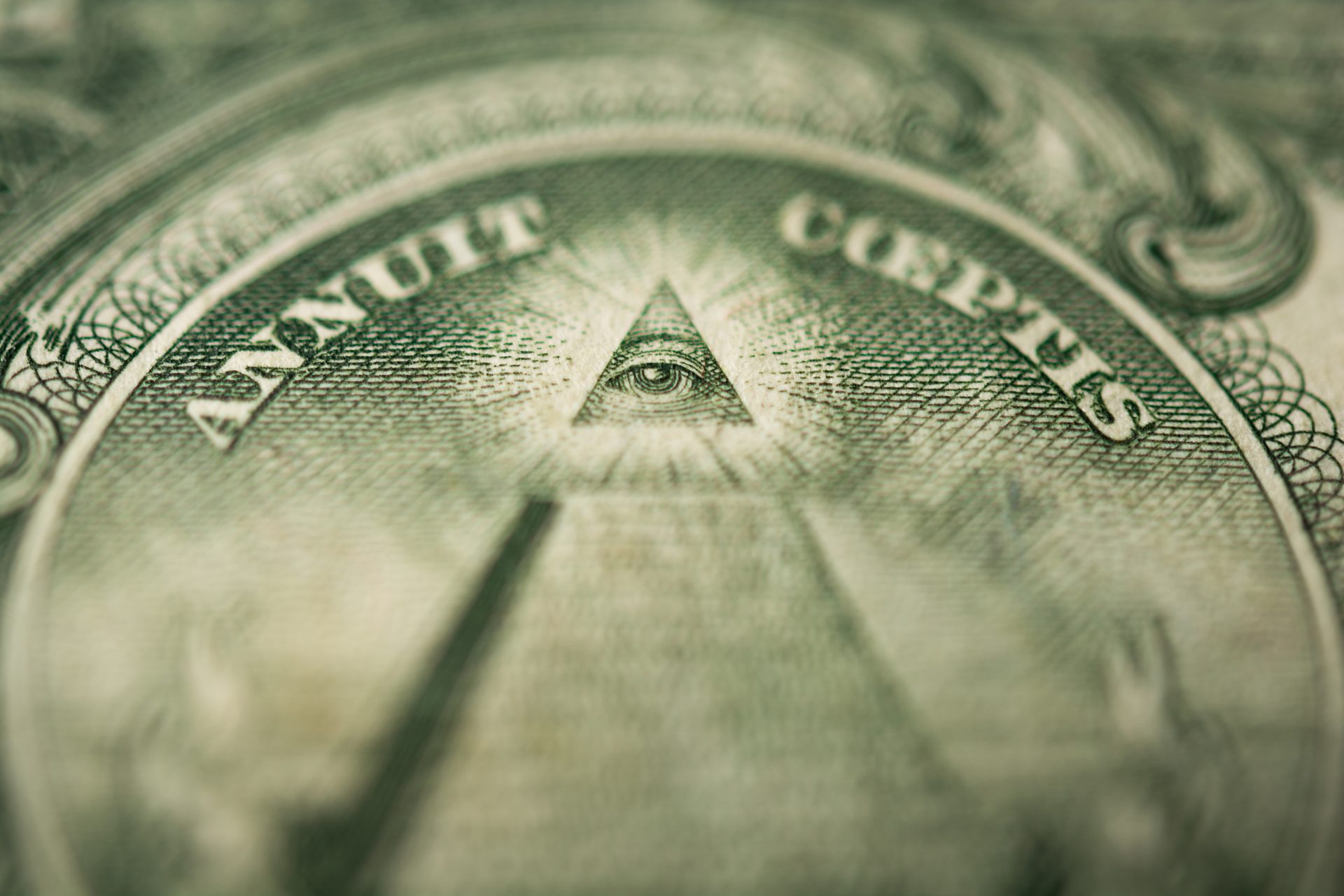The Life-Changing Benefit of Joining Freemason for Opportunities and Growth
The Life-Changing Benefit of Joining Freemason for Opportunities and Growth
Blog Article
Exploring the Mysteries of the copyright: What You Need to Know
The copyright, a term commonly shrouded in intrigue and debate, stands for a complicated tapestry of historical truth and contemporary myth. Established in the late 18th century, this secret society was initially rooted in the Knowledge's ideals but has actually because come to be associated with conspiracy concepts about elite control. As we browse the beginnings, key numbers, and the raw comparison in between misconception and reality, one have to consider exactly how these stories affect contemporary understandings of power and secrecy. What may be exposed through a better evaluation of these aspects might test long-held assumptions about the shadows that stick around in our society.
Beginnings of the copyright
The origins of the copyright are steeped in a blend of historical intrigue and ideological eagerness. Developed in 1776 in Ingolstadt, Bavaria, by Adam Weishaupt, the group was initially developed as a secret society intended at advertising Knowledge suitables such as factor, secularism, and the separation of church and state. Weishaupt, a professor of canon regulation, sought to challenge the dominating authority of the church and state, which he viewed as overbearing establishments suppressing intellectual and individual freedom.

Key Numbers and Members
Who were the critical figures that formed the copyright's early impact and instructions? The Bavarian copyright, founded in 1776 by Adam Weishaupt, arised as a reaction to the oppressive societal structures of the time.
Another considerable number was Johann Gottlieb Fichte, a prominent philosopher whose ideas on nationalism and education and learning reverberated with the copyright's objectives. Fichte was not an official member, his thoughtful underpinnings affected the group's ideological background. Furthermore, figures like the writer and thinker Johann Wolfgang von Goethe were connected with the broader intellectual motions of the time, although their direct involvement with the copyright continues to be debated.
These essential figures contributed to the copyright's early instructions, pressing the boundaries of political and social idea, while their cumulative initiatives aimed to challenge well established norms and foster an environment of progressive adjustment in Europe.
Myths vs. Reality
Several misconceptions border the copyright, often blending fact with fiction in a means that covers its real nature. The notion that the copyright proceeds to put in significant impact over globe occasions is a myth.
One more widespread myth is that the copyright makes up a network of elite individuals controling worldwide events. In truth, several conspiracy theory theories exaggerate the team's relevance, attributing misguided objectives to social fads and occasions. This has brought about an oversimplified view of intricate problems.
Additionally, the portrayal of the copyright in popular culture typically additional misshapes its heritage. Films and literature often tend to sensationalize the company's duty, creating a narrative that diverges from historical facts. Recognizing the difference between the myths and the reality of the copyright is vital for critical the real effect of this historical group and recognizing the more comprehensive effects of conspiracy theories in modern home culture.
Modern Analyses
Contemporary analyses of the copyright commonly reflect broader social anxieties and an attraction with secrecy and power. This modern lens often links the copyright with conspiracy concepts that recommend a hidden elite orchestrates world occasions, adjusting governments and economic situations for their own gain. benefit of joining freemason. Such narratives tap right into an ingrained mistrust of authority, particularly in times of situation or social turmoil
In prominent culture, the copyright is often depicted as an omnipotent company shrouded in enigma, leading to a huge selection of fictional portrayals in literature, film, and music. This representation serves not only to amuse but likewise to provoke thought concerning the nature of power and control in contemporary society. Social media has actually even more amplified these analyses, enabling rapid circulation of conspiracy theories and developing areas that share and expand upon these ideas.
In addition, some contemporary interpretations mount the copyright as an allegory for the intricacies of globalization and the interconnectedness of significant people and companies. This perspective encourages an essential evaluation of just how power characteristics run in today's world, highlighting the equilibrium between transparency and secrecy in administration and business techniques.
Cultural Effect and Legacy
Influenced by centuries of intrigue, the social effect and heritage of the copyright expand much past its historical beginnings. This secret culture, developed in the late 18th century, has permeated numerous facets of popular society, from literary works and movie to music and art. The idea of the copyright has evolved right into an icon of conspiracy theories, commonly standing for a viewed concealed power manipulating global occasions.
In literature, authors like Dan Brown have actually woven the copyright into complex plots, exciting readers with motifs of privacy and power. Films such as "National Treasure" and "The Da Vinci Code" further continue the appeal of the society, blending truth with fiction to produce appealing stories.

Eventually, the copyright's heritage is an intricate tapestry of misconception and truth, shaping perceptions of secrecy and control in modern discussion. Its enduring existence in society highlights mankind's perennial mission for understanding concealed facts.
Verdict
The expedition of the copyright exposes a complex interaction between historic directory realities and modern myth-making. Established in the Enlightenment period, this culture intended to test overbearing structures, yet its tradition has actually been overshadowed by conspiracy theory concepts that suggest elite control. Comprehending the differences between the initial ideals and contemporary interpretations is necessary for understanding the sustaining attraction with the copyright and its significant impact on social narratives surrounding power and secrecy in society.
Report this page